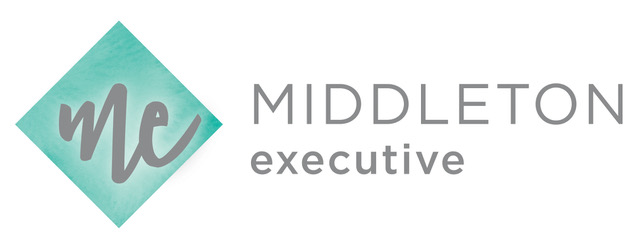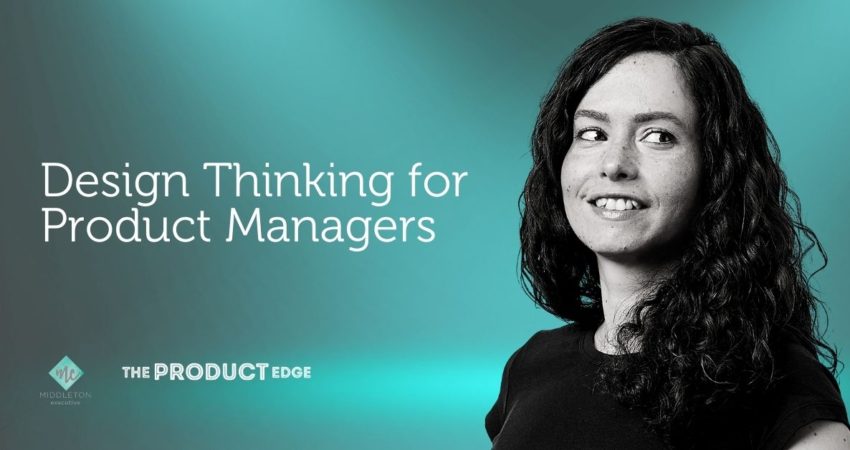A few months ago, Jade discussed Design Thinking on The Product Edge with Lital Sharman, a design leader, strategist and storyteller who is currently Head of Experience Design at PageUp.
Here’s a snippet of what they discussed during this episode about Design Thinking for Product Managers.
Jade: I know you’ve been on a journey with PageUp implementing Design Thinking across the business. Can you tell me what Design Thinking is?
Lital: Design Thinking is really something that talks about understanding what the problem is, what the needs are and what value you can provide to a solution, whether it’s for a customer or for internal purposes.
What I did when I joined PageUp was understand the different needs the business had from a design perspective, understand the maturity level of design within the organization, the product, the tech teams and even broader than that. For me, UX design is not just about the digital solutions – this is where it started, but experience design is about everything – it’s about organizational design, employees’ experience, and customer experience.
My work was really to implement design within the different parts of the organization starting within product, and then evolving it to other parts of the business. And again, really using Design Thinking as a method to make this journey work for everyone and not just say “this is what you need to do,” because every organization is different.
I think that the most important thing about Design Thinking is that it’s an approach more than anything. It’s not necessarily just one way to do things. There are five high level steps and every step can be implemented in different ways. It’s really about what is working for the team or for the person that is trying to make an impact and to make a change. I think that the most important thing is to really understand who we are trying to create a solution for.
Jade: What are the five steps of Design Thinking?
Lital: The first step is to empathise. It’s all about understanding the people that we are going to service. It’s all about understanding what the problem is. We need to understand the people that are going to use our solution, exploratory research is key here. Go out and speak to people, create relationships and try to understand them and their needs and just use the exploratory research to understand what those people are trying to achieve. We want to understand what they need, we want to have a conversation and not just say ‘yes, okay, thank you very much’. It’s about having a deeper conversation and building relationships and I think that’s also something that is super important when we are servicing people.
Define
The second step is to define. You’ve done the research, looked at the data, collected everything that you could and you have all this information, so let’s synthesise this data. What’s the problem that we’re trying to solve? Because again, different people have different problems, and you need to be able to prioritise them. So usually, we do what’s most valuable for the business and user.
And I believe that if we are going to prioritise the biggest problem for the user, we’re also going to impact the biggest thing for the business, because customers will come back, pay more because we’re going to give them a delightful experience. Define is really about understanding what the right problems are that you want to solve, and we can balance that with feasibility as well as considering timescales and budget.
Ideate
Now we know what we want to do, we just don’t know how we’re going to do it, we move into ideation. You know you have a group of people and they say ‘‘I have the best idea, let’s put it here’’ and usually the most senior person in the room will control the conversation and everyone else will say ‘’yeah that’s a great idea, great let’s do it’’. Maybe you’ll come up with two different ideas and say ‘‘alright let’s do this idea’’. The key about ideation is to come up with as many ideas as possible and do it individually. You bring a group of people together; it doesn’t matter how many.
Once we’ve defined this problem, we can write a problem statement. Everyone can come together to understand exactly why this is what we’re trying to solve. People will have different priorities; they’ll have different goals and it’s going to be difficult.
Once we come up with the ideas it’s good to prioritise more than one idea, because we don’t know if that’s the right solution. You can come up with different ideas, but not too many – let’s say three but we’re not going to implement them just yet. We want to experiment and validate them first.
Prototype and test
You will build an experiment, or you will get a prototype and the whole point of that is to validate or disprove what your idea is or the hypothesis around your idea. This is where a group of people will come and build the smallest, cheapest, prototype. It doesn’t need to be pretty. It’s just about learning if there is a market need, product adoption and market adoption. And the last part of the prototype is to test it with people.
There are other ways to experiment like putting something out there to see if people click on it because they want to use it. The important thing about testing and experimenting with a prototype is to get it into the hands of customers and see if they’re adopting it. They don’t need to know it’s an experiment – they click it or they don’t. An example in e-commerce; you go to the checkout and you’re about to pay for something and then you get a message, ‘would you like to add ‘X’ to your cart’ and you can see if it’s added. Then when they’re just about to pay for it, they will get a message – ‘sorry, we don’t have this product’, so we put the product there without having a product.
And that’s pretty much all five steps. At the end of Design Thinking you have a validated solution that you can go and build the first release of and get it into the market, then you will have a much better understanding of whether people are going to adopt it or not.
It’s also important to remember that a lot of the experiments fail, so you will end up with ideas that are just not going to work and that’s absolutely fine.
Jade: Do you have a practical tip or two for Product Managers if they’re in an organization where perhaps Design Thinking isn’t at the forefront, and how they can approach bringing this into their organization?
Lital: Absolutely. I would say if you have no experience with Design Thinking but you’re interested, go and join a group or meet up.
Let’s say you already have the experience but you have no idea how to bring it into your company, I would say start small, don’t try to do it across the whole business. Get a group of five people, for example – the most engaged people from across the business and try to do it differently this time. Think about what you don’t know and what you need to learn about a specific solution or specific approach. If you have an opportunity that you’re looking at, create a research plan. Go out and try to do exploration and try to learn those things that you don’t know, and then you can go back to the team, do all the other stages.
I think that small steps are the most important thing – don’t try to change everything in a week.
To listen to this podcast episode in full, subscribe or listen to The Product Edge on your preferred podcast app.
If you’re looking for more resources or information about all things Product, check out The Product Edge or follow on LinkedIn, Facebook, Instagram, or Twitter.

